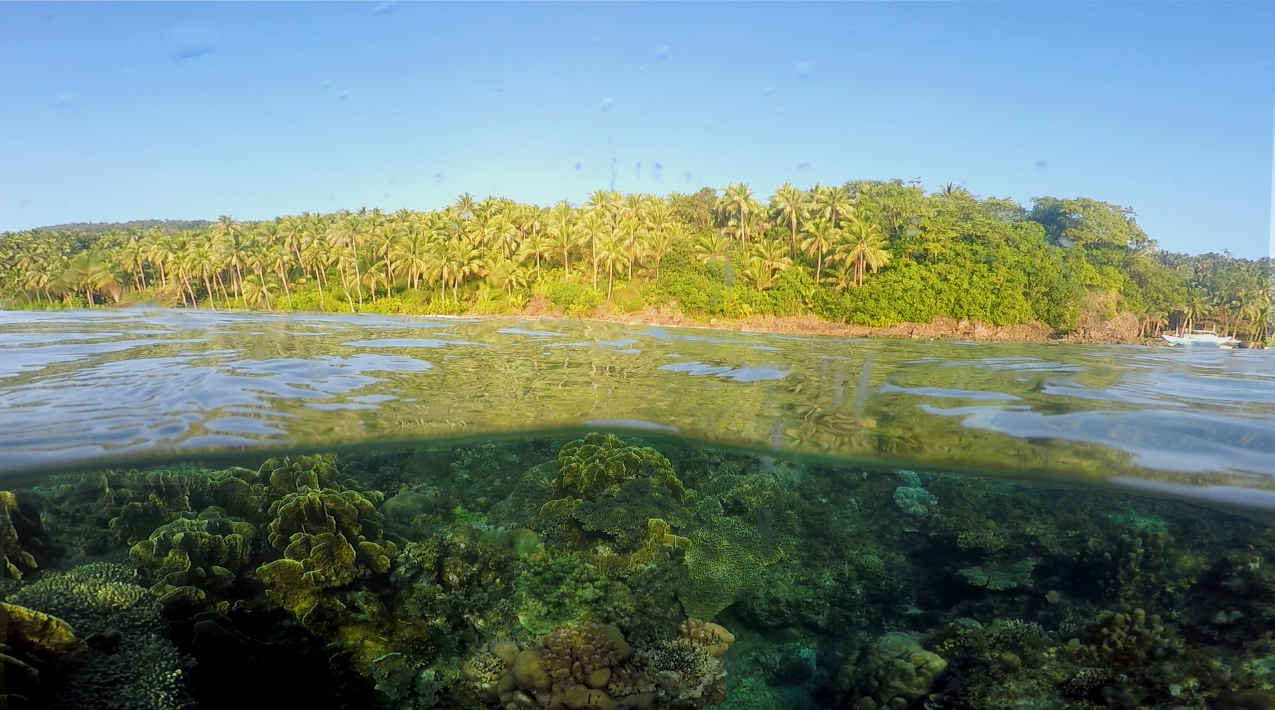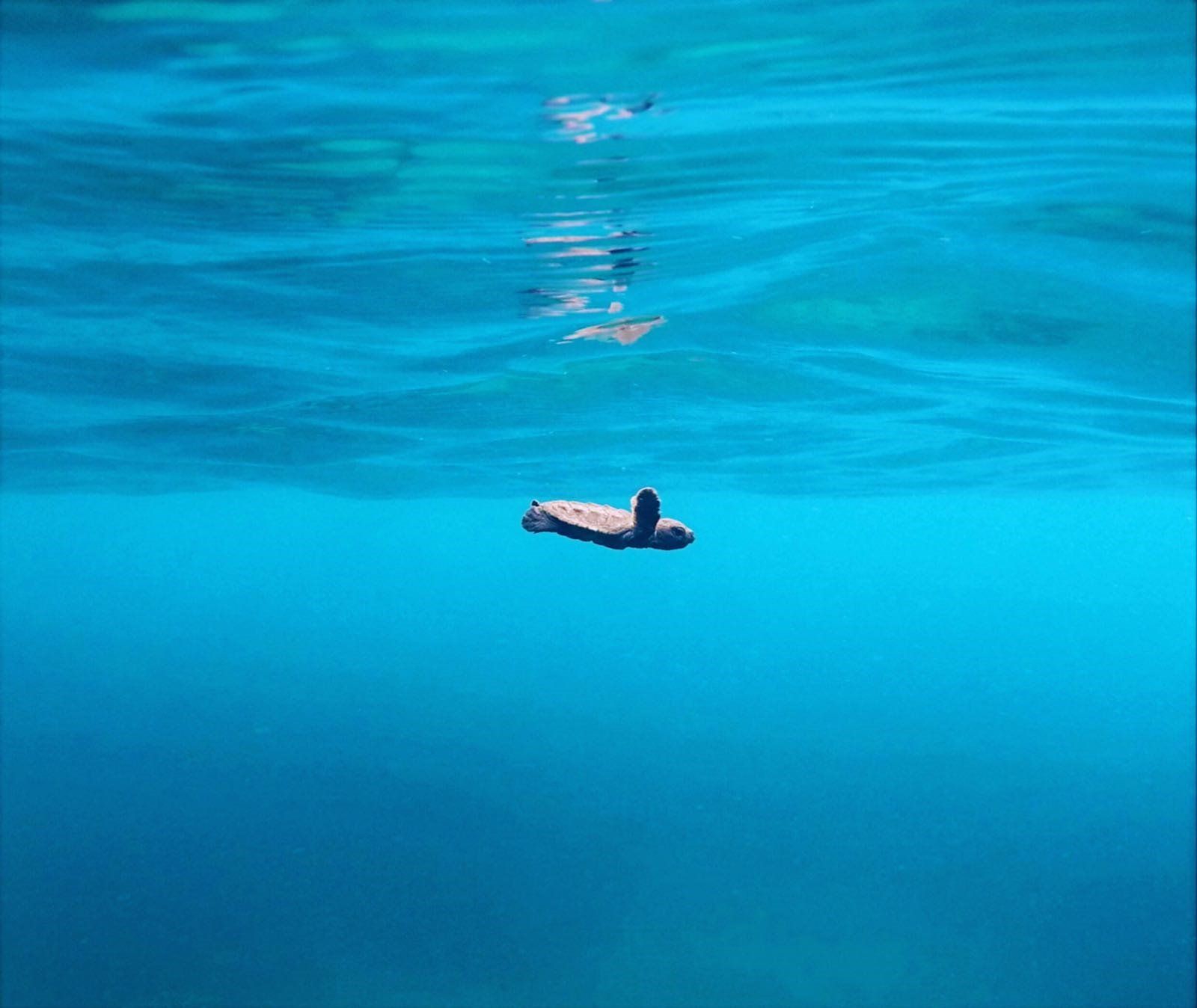Southern Leyte Coral Reef Conservation Project
Protecting & enhancing marine biodiversity in the Philippines
Philippines Exit Statement 2021

Slide title
Write your caption hereButton
Slide title
Write your caption hereButton
Slide title
Write your caption hereButton
Slide title
Write your caption hereButton
Slide title
Write your caption hereButton
Phase I
2002 - 2012
Phase I was developed to understand and evaluate the status of the coral reefs and associated ecosystems within Sogod Bay, Southern Leyte. 2,061 individual SCUBA-based diving surveys were conducted by trained CCC survey teams. 257 hard coral species were identified, with a low abundance of commercially important fishes and invertebrate species; indicating high levels of biological and economic overfishing; highlighting the need for further protection of resources within the province.
Phase II
2013 - 2018
Phase II built on the results obtained from Phase I and actively placed efforts into the generation of high-resolution data for the establishment of small-scale Marine Protected Areas (MPA). Up to 2018, a total of 11 MPAs were designated, ranging from 5 to 78 ha. Efforts were further increased in education and outreach initiatives within local communities and schools with training programmes implemented through open days, workshops and CCC’s Scholarship Programme.
Phase III
2018 - 2020
Phase III rounded off the LRCP's work in the Philippines by returning to previously surveyed areas in 2018 and 2019, especially those where Marine Protected Areas had been established. By possessing the data prior to establishment, we were in an excellent position to measure the efficacy of protection by comparing data before and after it was established. This Before-After-Control-Impact study allowed us to monitor influence over time, rather just staking snapshot at a single time point!
Napantao Fish Sanctuary;
House Reef
Resource Hub
2002
The year the LRCP was established in Southern Leyte, Philippines
3685
Independent ecological surveys undertaken by volunteers, staff & scholars
16
Marine Protected Areas establish around in Sogod Bay, Cablihan Bay & Panaon Island
56
Technical reports and scientific publications published and delivered
Sign up to our newsletter
Subscribe to the Newsletter
Thank you for subscribing to our quarterly newsletter!
Please make sure to check your junk mail - you wouldn't want to miss out on all our amazing stories and offers!
Best Wishes,
The CCC Team
Uh oh, there was an error submitting your details.
Please get in touch with us directly at info@coralcay.org and we'll happily add your details manually!
Best Wishes,
The CCC Team
Subscribe to the Newsletter
Thank you for subscribing to our quarterly newsletter!
Please make sure to check your junk mail - you wouldn't want to miss out on all our amazing stories and offers!
Best Wishes,
The CCC Team
Uh oh, there was an error submitting your details.
Please get in touch with us directly at info@coralcay.org and we'll happily add your details manually!
Best Wishes,
The CCC Team
Contact us
+44 (0) 207 620 1411hello@coralcay.org
The Kiln, Grange Road,Tongham, Surrey, GU10 1DJ
Sign up to our newsletter!
Subscribe to the Newsletter
Thank you for subscribing to our quarterly newsletter!
Please make sure to check your junk mail - you wouldn't want to miss out on all our amazing stories and offers!
Best Wishes,
The CCC Team
Uh oh, there was an error submitting your details.
Please get in touch with us directly at info@coralcay.org and we'll happily add your details manually!
Best Wishes,
The CCC Team
Subscribe to the Newsletter
Thank you for subscribing to our quarterly newsletter!
Please make sure to check your junk mail - you wouldn't want to miss out on all our amazing stories and offers!
Best Wishes,
The CCC Team
Uh oh, there was an error submitting your details.
Please get in touch with us directly at info@coralcay.org and we'll happily add your details manually!
Best Wishes,
The CCC Team


